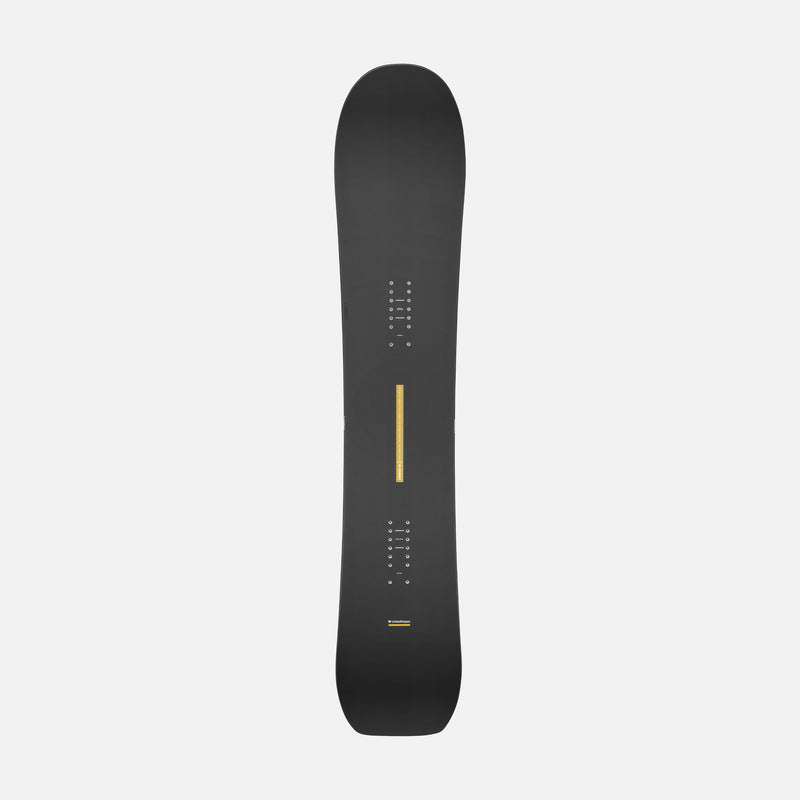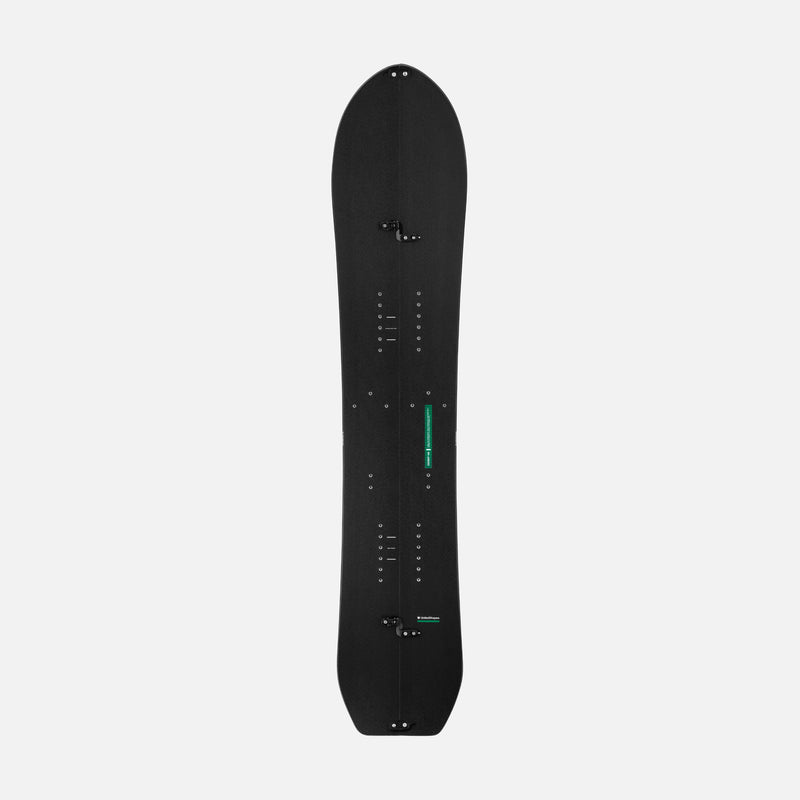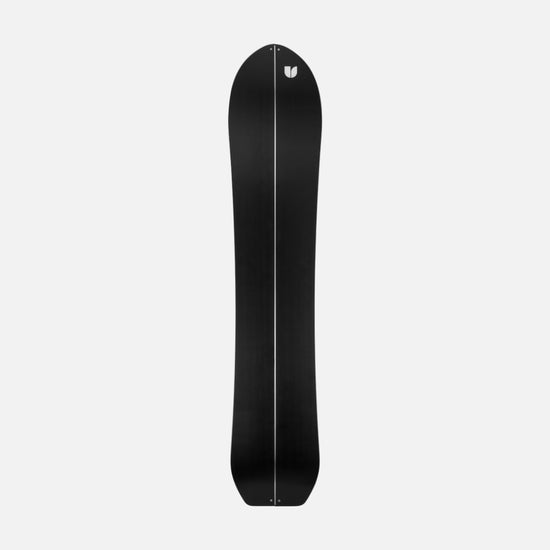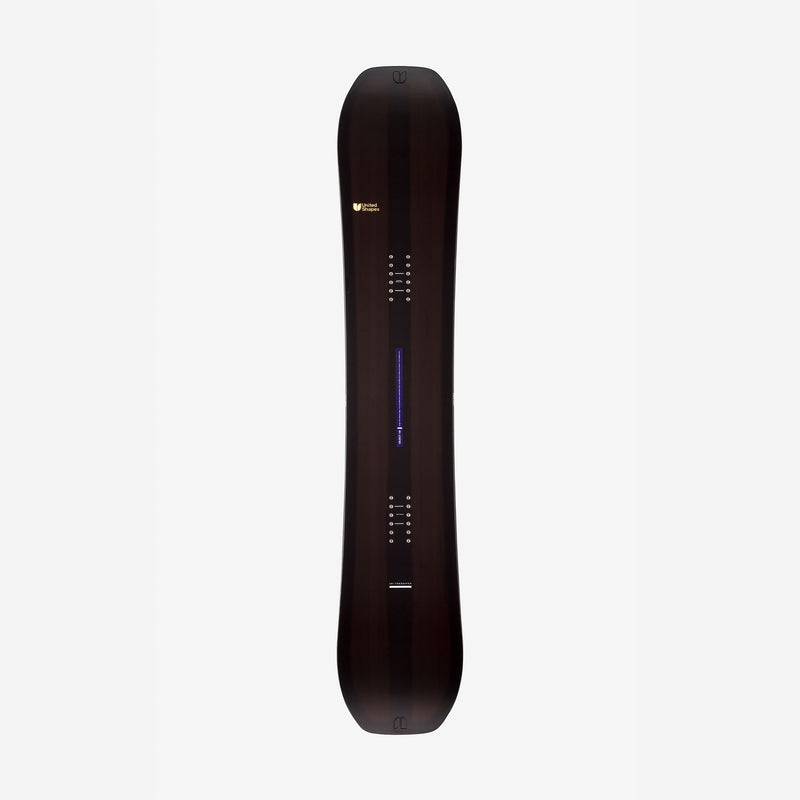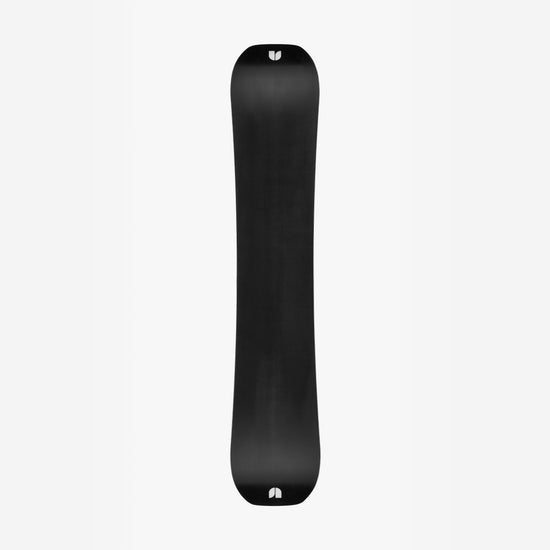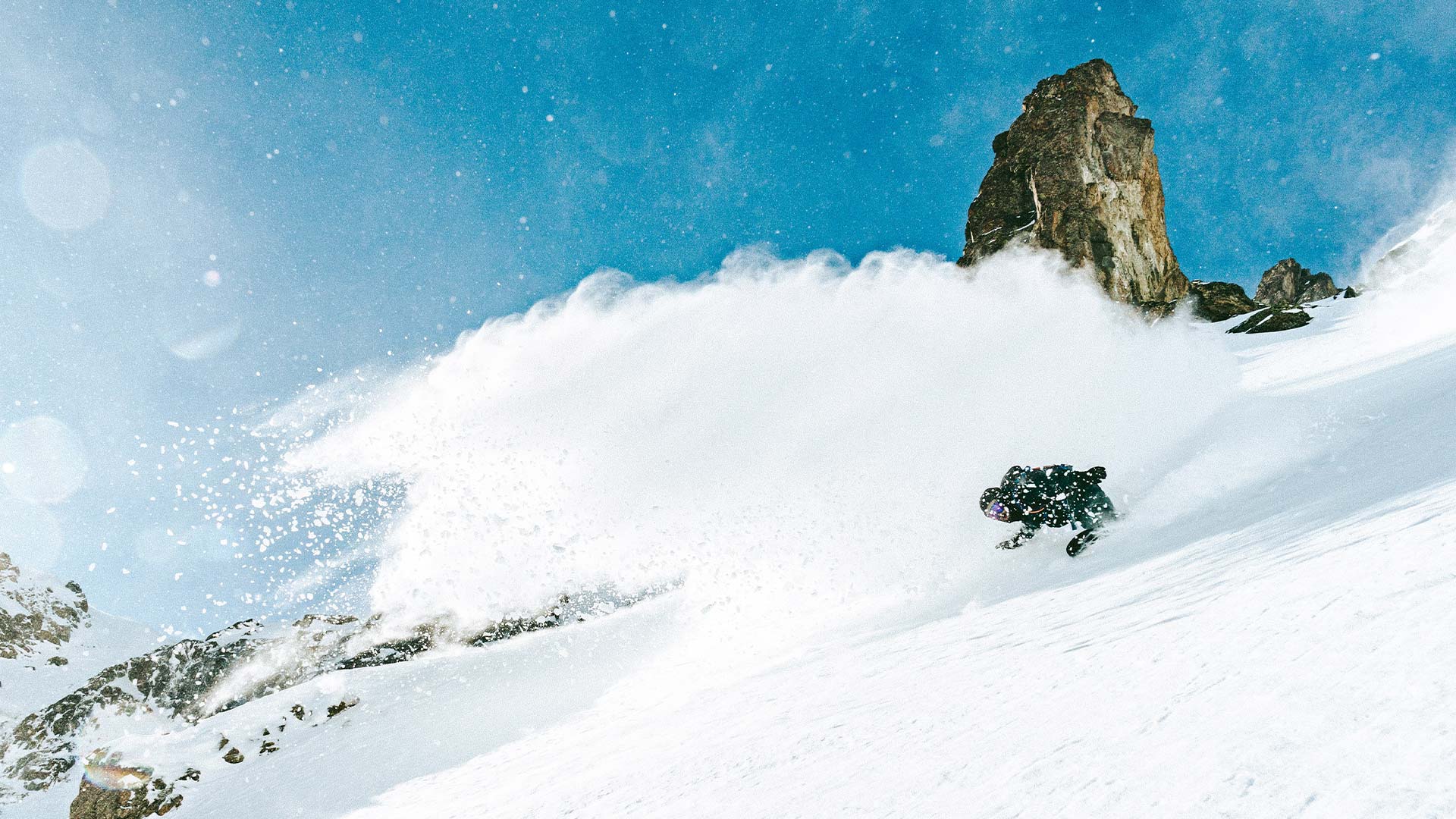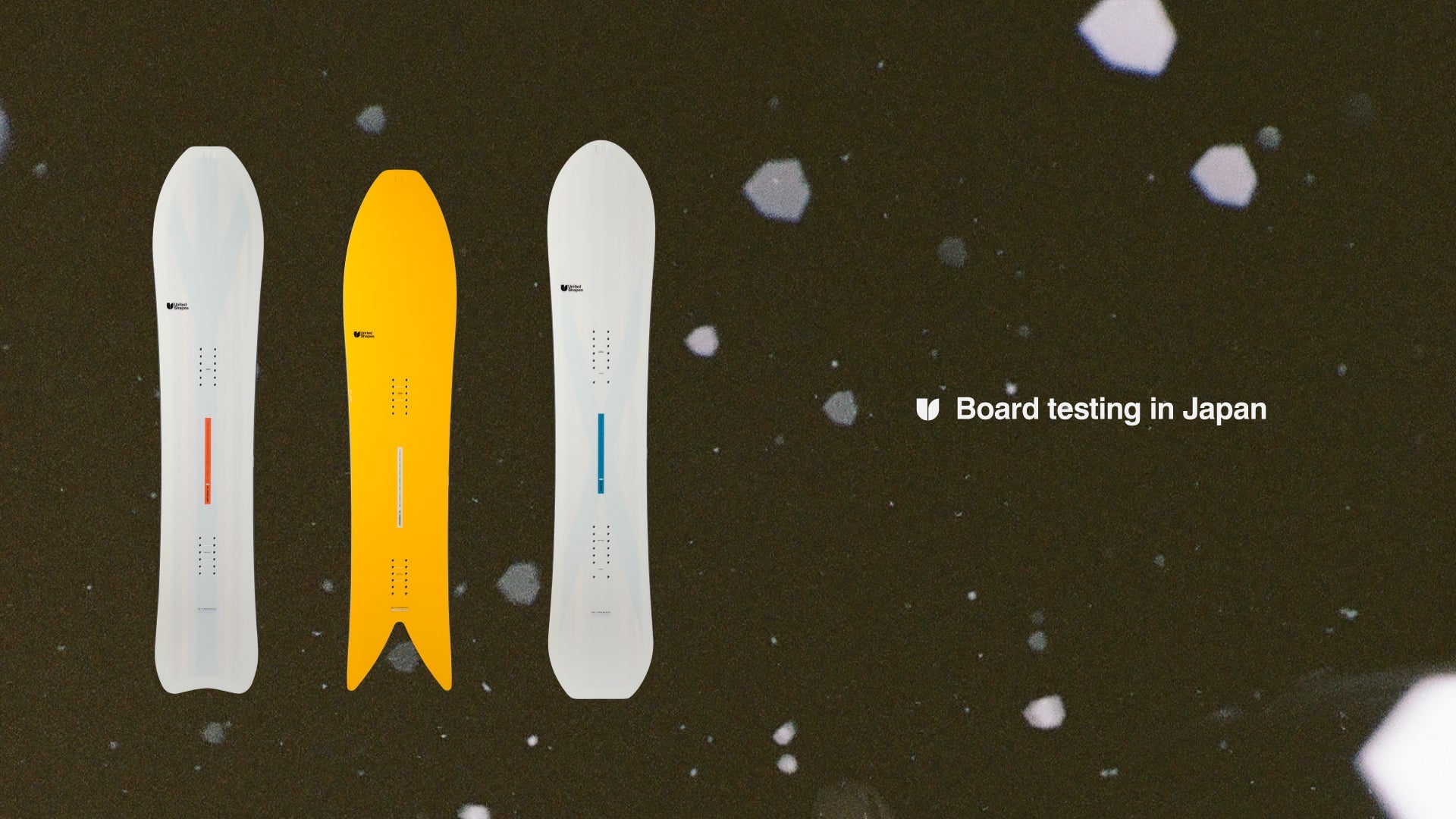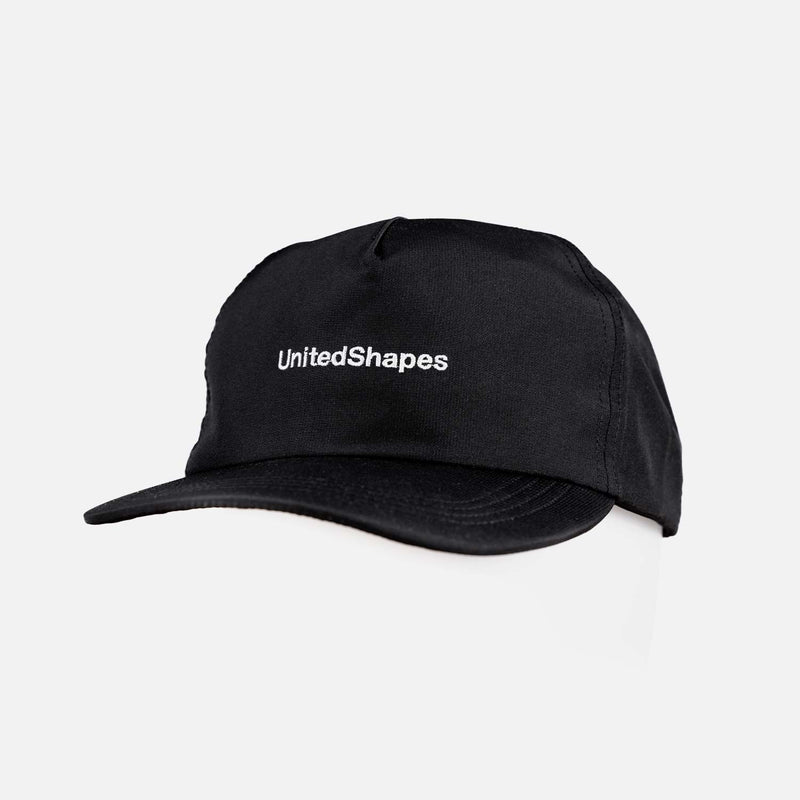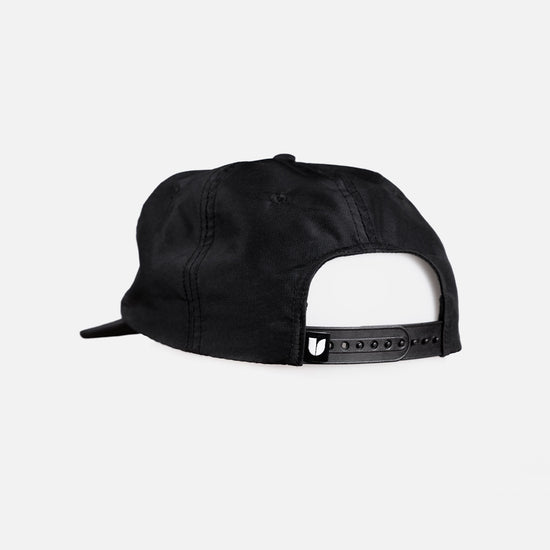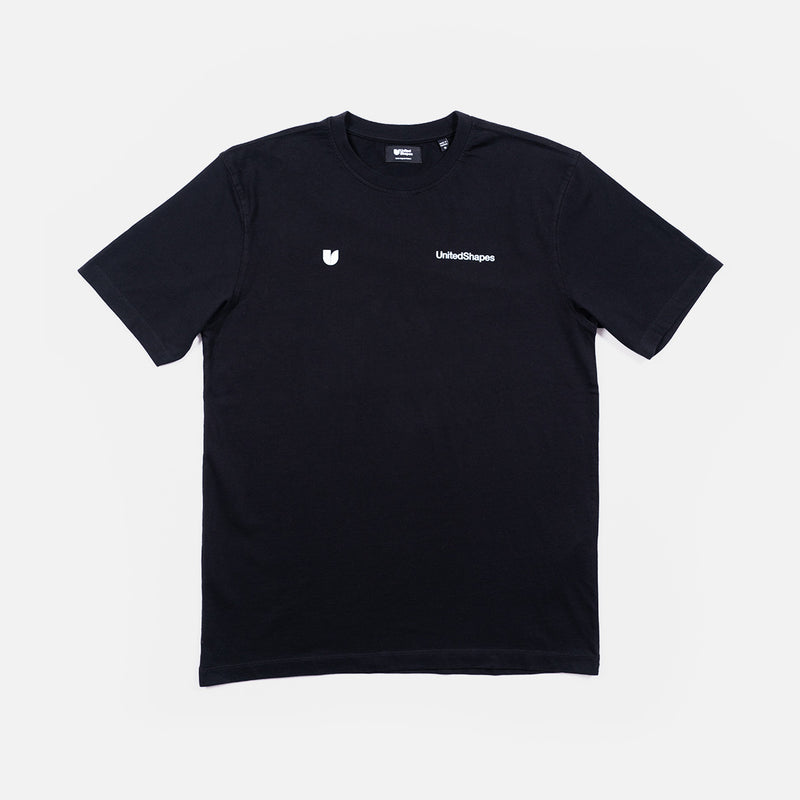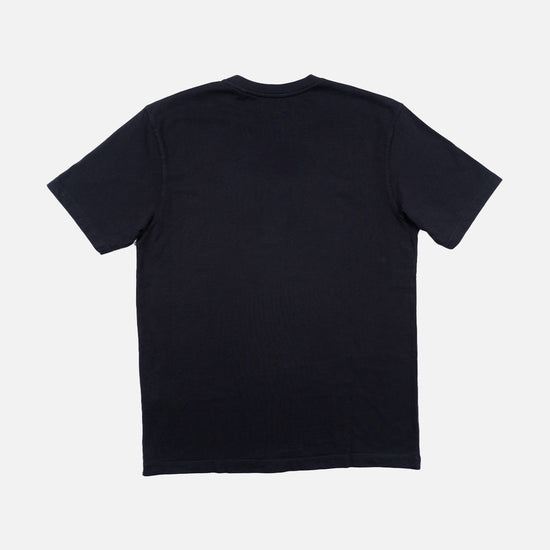There’s a difference between simply riding in the backcountry and immersing in it. For Nick Russell, it’s about slowing down, tuning in, and finding flow with the mountains. His approach is one of total immersion in the natural world, where every step matters, every decision carries weight, and every turn connects back to something deeper.


In this world, human power is the best power. Each stride uphill builds a bond with the terrain, reminding us that moving under our own strength is the most direct way to feel alive. Packing only the essentials keeps the focus sharp — fewer distractions, more awareness.
The mountains reward those who pay attention. Reading topo lines with your own eyes, noticing how the light shifts across a ridge, feeling the temperature drop as evening approaches — these are the subtle cues that guide safe, fluid travel. Progress comes from working with the environment, not against it.

Immersion also means learning to be at ease in discomfort. Long approaches, cold mornings, and tired legs aren’t obstacles — they’re part of the story. Stop once in a while, breathe deep, and watch the morning light paint the high peaks. Melt snow, make water, cover ground while the snow is firm. Turn these simple acts into rituals.
Efficiency matters too: begin bootpacking before the slope steepens, know your gear like an extension of your body, and when the riding is good, don’t hesitate to go back for more. And when it’s time to drop in, quiet the mind, feel the gravity pull, and interact with the fall line. That’s where the clarity lives.
The Covert Splitboard was designed with these principles at its core. Balanced, versatile, and pared down to what matters most, it’s a board that thrives in the places where immersion isn’t optional — it’s everything.

The Principles of Immersion
- Use your body. Human power is the best power. Every step on the skintrack builds connection and trust in the terrain.
- Pack only the essentials. When you carry less, you feel more — more present, more adaptable, more free.
- Read the land. Work with the topo lines you can see with your eyes; the mountain always tells you where to go.
- Notice the changes. Light shifts, temperatures drop, shadows stretch. Pay attention, and you begin to move with the environment instead of against it.
- Get comfortable in the uncomfortable. Long approaches, cold nights, and variable conditions are part of the process. Embrace them and you’ll find resilience on the other side.
- Honor the moments. Stop once in a while and watch the morning light paint the high peaks. Pause, breathe, ponder. These moments are why we’re here.
- Stay resourceful. Melt snow, make water, fuel your body, and cover ground while the snow is firm. Small details make big days possible.
- Move with intention. Start bootpacking before the slope steepens, know your gear inside and out, and when the riding is good — go back for more.
- Quiet your mind. In the end, it’s about interacting with the fall line, letting instinct take over, and surrendering to the flow of the ride.





